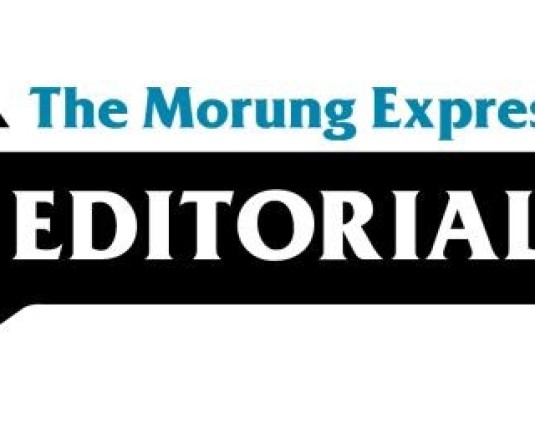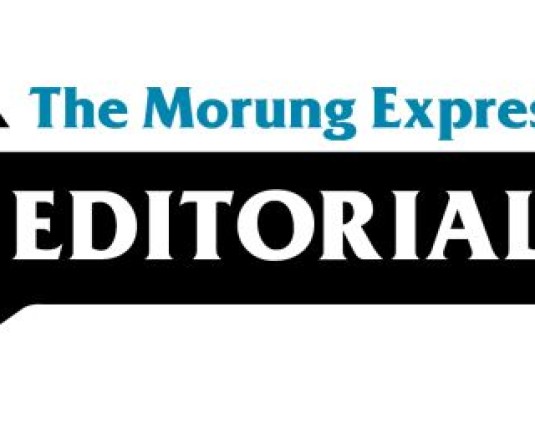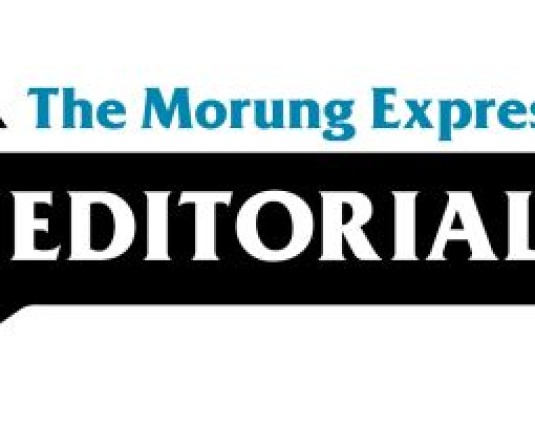
Moa Jamir
The quality of life measured in terms of quality education, healthcare and decent economic status in Nagaland is lagging behind many other States and Union Territories in India. This truism was reiterated with the latest NITI Aayog’s 3rd SDG India Index 2021 released on June 3.
The index, in a nutshell, highlighted that the State so far has failed to provide, among others, quality education; decent work and economic growth; industry, innovation and infrastructure for development; healthcare and equity to its citizens.
In these crucial developmental parameters, Nagaland was slotted at the lower end among the States/UTs in India, calling for urgent policy intervention and extra concerted efforts by those at the helms of affairs as well as the citizens.
The United Sustainable Development Goals (SDGs), also known as Global Goals, are 17 integrated goals adopted by the United Nations in 2015 as a universal call to “action to end poverty, protect the planet, and ensure that by 2030 all people enjoy peace and prosperity.”
In India, the SDG Index was launched in 2018 to document and rank the progress made by States and UTs towards achieving the SDGs.
On the bright side, Nagaland saw a marginal improvement in overall score from 57 in 2019 to 61 in 2020. However, with improvement in others States/UTs, Nagaland’s score was below the national average of 66 and slotted in ‘Bottom-5’ among the states, along with 9 others.
As highlighted by this newspaper, while the State traditionally performed remarkably well on goals associated with the social institution as well as environmental-related parameters, on three crucial goals related to these indexes- Sustainable Consumption & Production, Life on Land and Peace, Justice and Strong Institutions, there were declining trends.
However, it was in the goals related to aforesaid developmental parameters that required attention from the policymakers.
For instance, in the area of providing quality education, Nagaland was ranked 27th among 28 States with a score of 39, far below the national average of 57 and further down from the SDG target of 100. In fact, the State’s performance deteriorated from 47 in 2019 to 39 in 2020. Among others, the State was ranked lowest in Net Enrolment Ratio in elementary education (class 1-8), and showed low enrollment but high dropout rate at in secondary level.
In terms of providing decent works and economic growth, though improving, Nagaland was also ranked 2nd lowest among the states. Against India’s unemployment rate for the year 2018-19 stands of 6.2%, Nagaland had 18.5%, the highest in the country.
Another bummer was Innovation and Infrastructure, in which the State was slotted in 26 among 28 states. Under this goal, the State goal scored poorly on indicators such as Logistics Ease, manufacturing employment as a percentage of total employment, innovation and technological progress.
Meanwhile, the State saw an improved score in providing ‘Good Health and Well’ but was still ranked 24th among 28 states. An indicator of poor health outcome was the availability of physicians, nurses and midwives per 10,000 population, which was 1 in Nagaland, against 37 in India. Related to this, the percentage of households with any member covered by a health scheme or health insurance measured under ‘No Poverty Goals’ was just 6.10 in Nagaland against all India average of 28.80.
A total of 42.9% in Nagaland were also slotted in the lowest two wealth quintiles against 40% in India and on the goal of ‘Reduced Inequality,’ the State’s score declined from 61 in 2019 to 46 in 2020.
Both economic goals and environment-related goals are highly complementary to each other. So far, the State has performed well in the former while hugely lagging in the latter. The challenge now for the State’s policymakers is to ensure that the performance in the economic goals improves without offsetting the environment-related goals. Progress on both goals should be complementary, not a trade-off against one another, to make it sustainable.
For any comment, drop a line to jamir.moa@gmail.com






